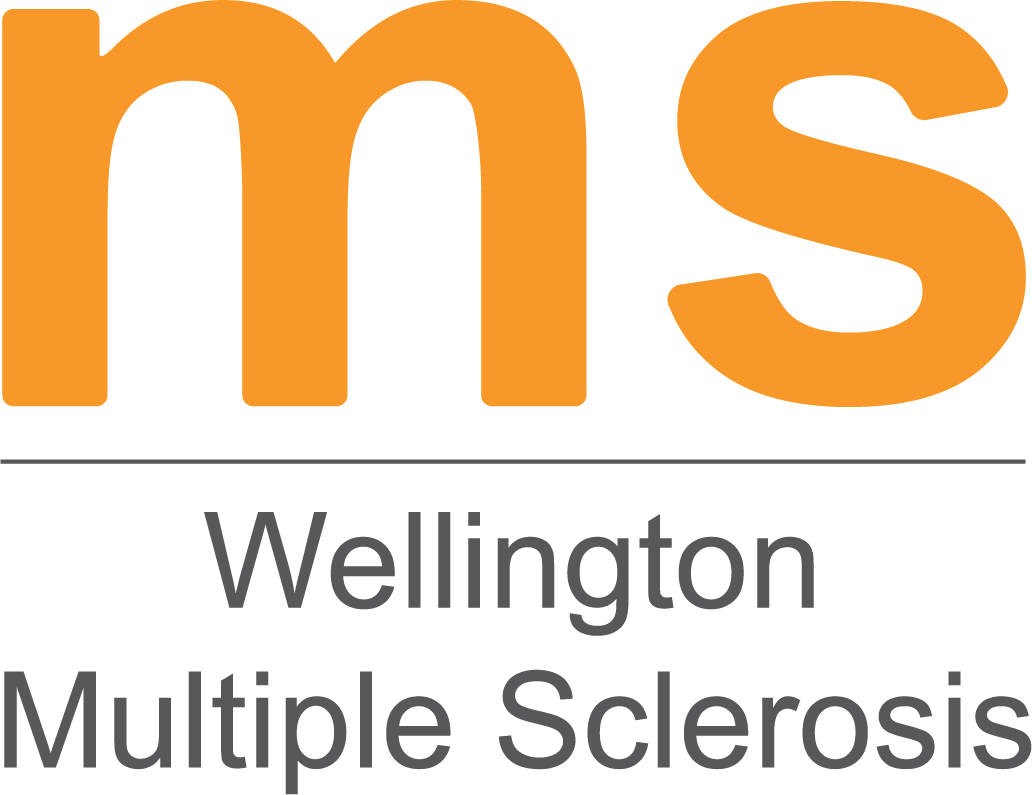Types of MS
Four disease courses have been identified in multiple sclerosis: clinically isolated syndrome (CIS), relapsing-remitting MS (RRMS), primary progressive MS (PPMS), and secondary progressive MS (SPMS).
Clinically Isolated Syndrome (CIS): is a first episode with neurologic symptoms caused by inflammation and demyelination in the central nervous system — which must last at least 24 hours — but does not yet meet the criteria for a diagnosis of the disease. Sometimes, people who have a clinically isolated syndrome will not go on to develop MS. An MRI will better determine the likelihood that someone who has a CIS will develop MS. If lesions on a brain MRI are seen with CIS, there is a higher chance of developing MS.
Relapsing Remitting Multiple Sclerosis (RRMS): This is the most common form of MS with clear defined phases of relapse (repeat attacks or exacerbations), with progressive worsening of nerve functions with each attack, followed by phases of relief (or remission) where normal conditions are restored partially or completely. RRMS defines in 85 percent of all cases.
Primary Progressive Multiple Sclerosis (PPMS): This represents a condition with steady progression without early relapses or remissions, and temporary periods of stability. There can also be increasing periods of disability for the patient, either with
or without new relapses or MRI lesions. PPMS develops in about 15 percent of MS cases.
Secondary Progressive Multiple Sclerosis (SPMS): This follows RRMS, with continued relapses and progressive neurological damage. Most patients will eventually transition to a secondary progressive course, with worsening of nerve damage, with or without remissions. It can be characterized as either active or not active, and with progression or without progression. Disability gradually increases over time during this course.
Relapsing MS is a term occasionally used to cover both RRMS patients and those who have progressed to SPMS but are actively having relapses.
